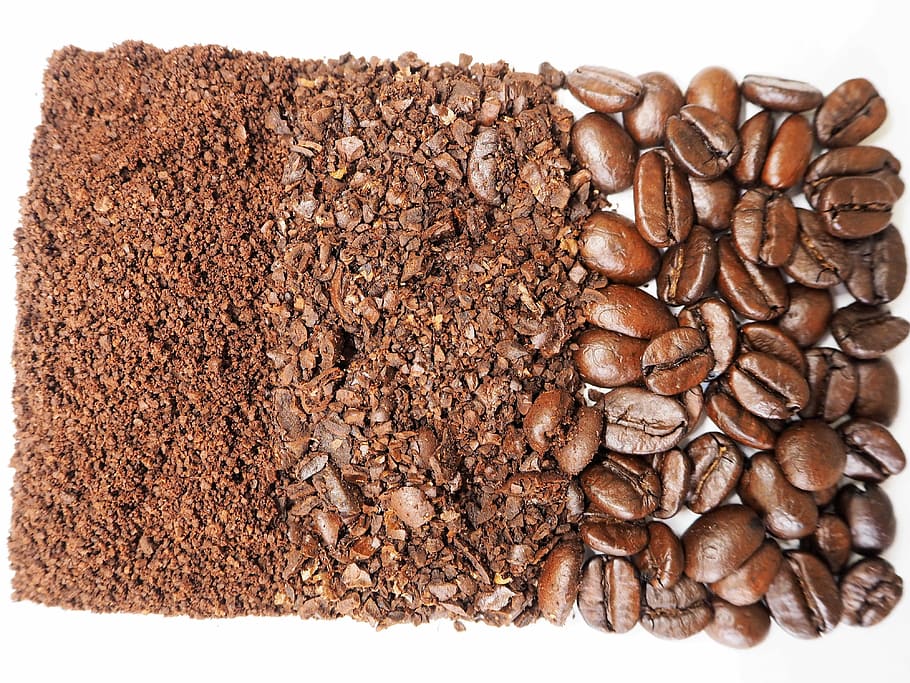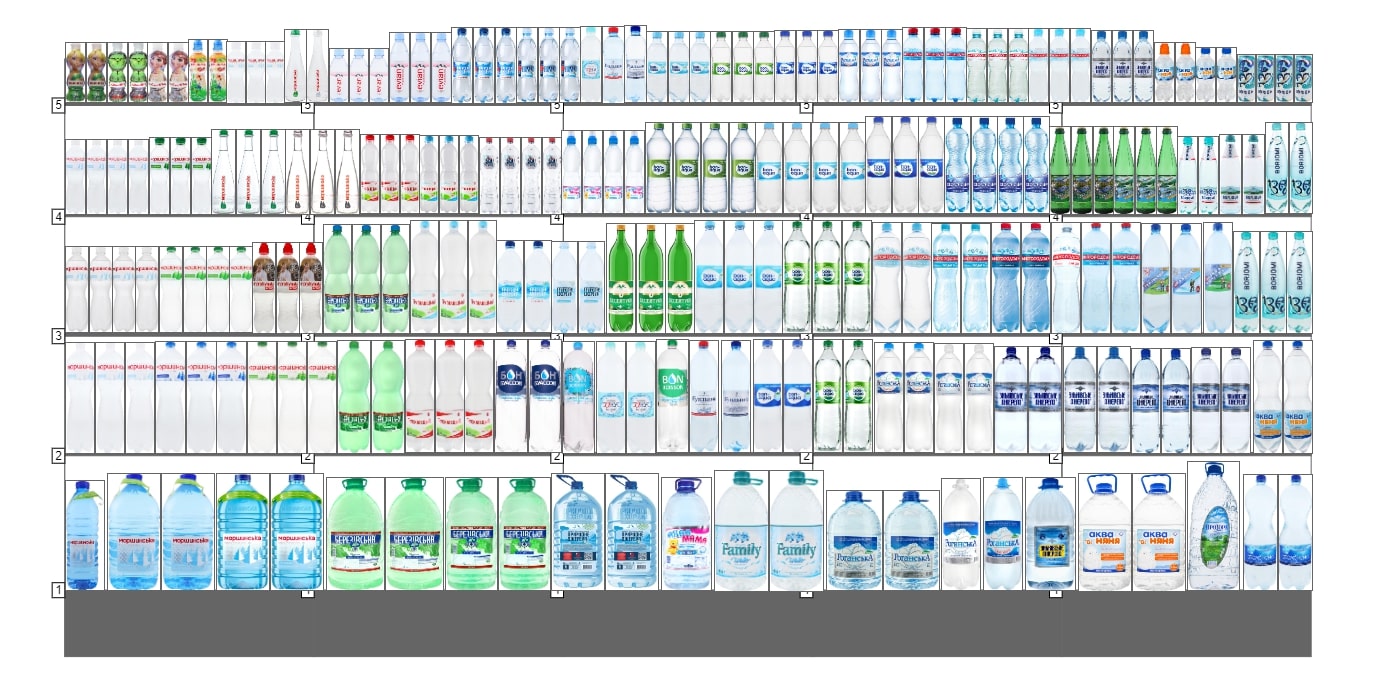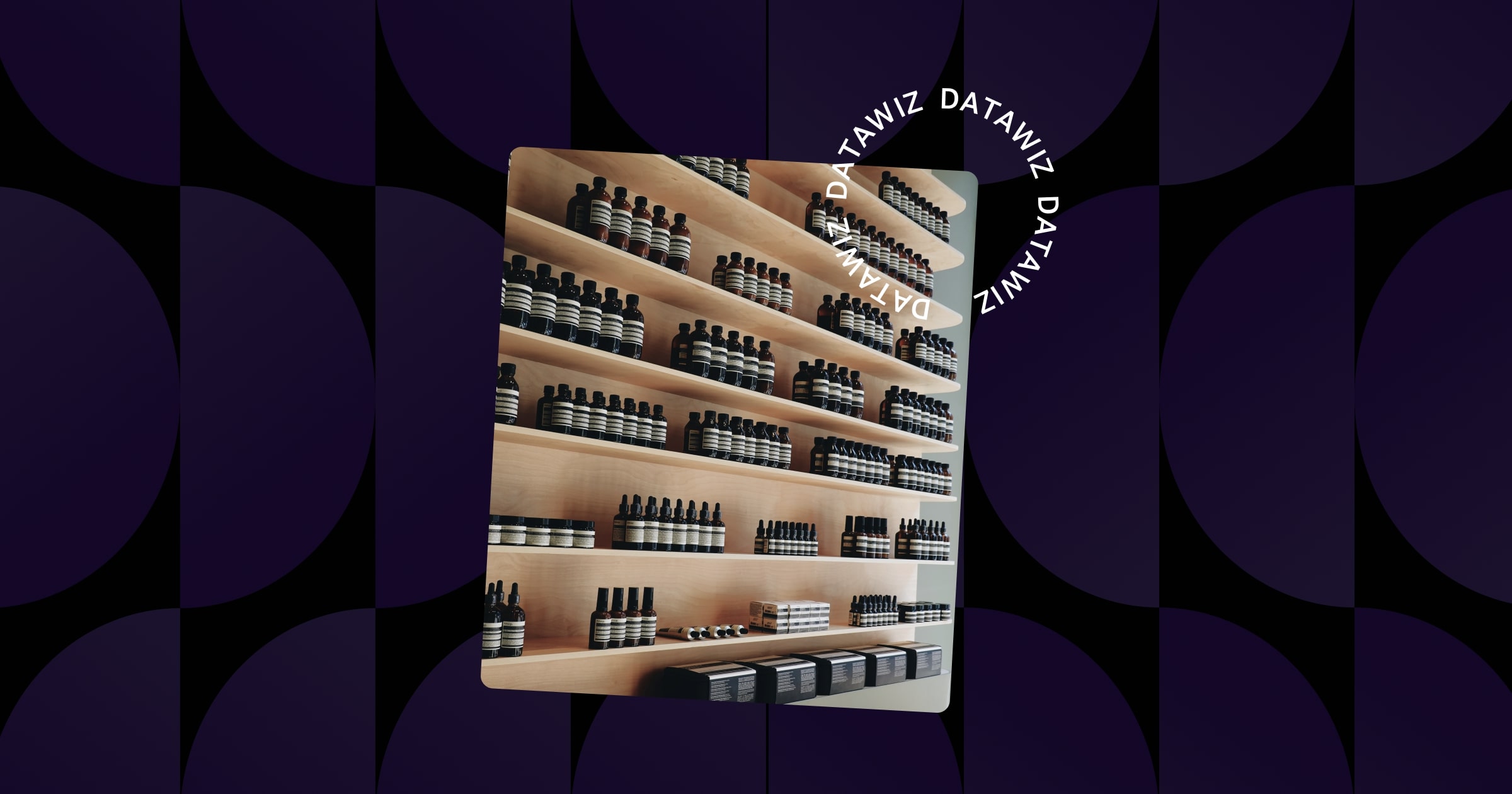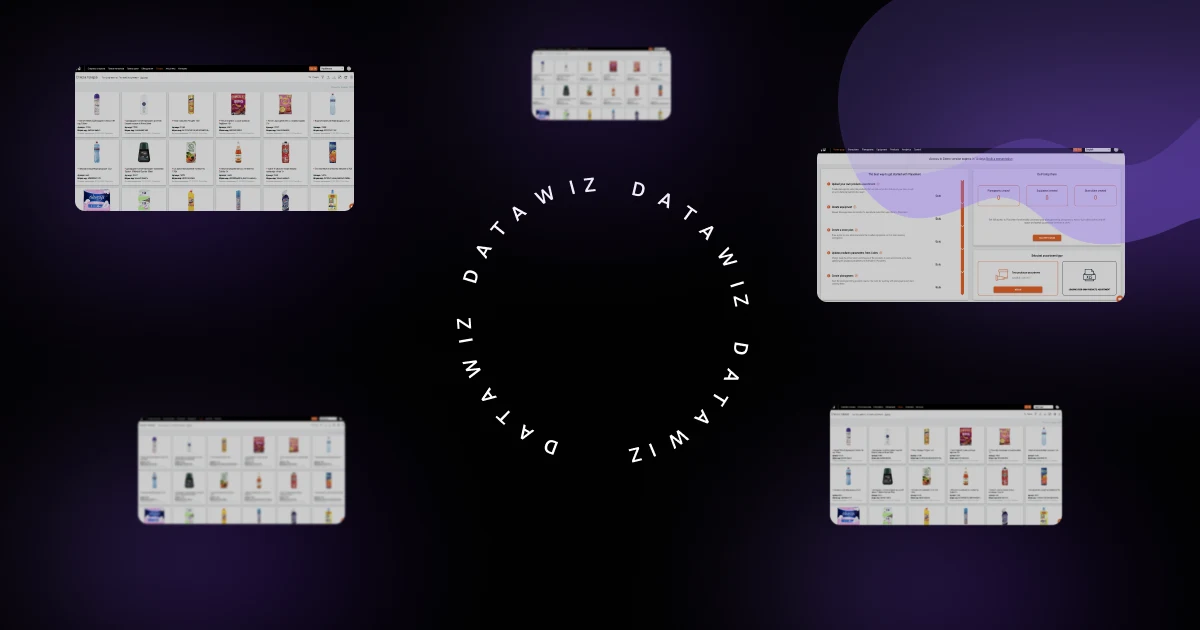Can cross-selling increase shop profits and how do they relate to merchandising?
Retailers are always interested in increasing profits. There are many ways to increase sales and each of them has its' own characteristics. Today we are going to talk about cross-selling, a very creative and low-cost method and how it relates to merchandising.
What is cross-selling?
Cross-selling is a method of increasing the receipt by offering products in addition to the main one already chosen by the customer.
For example: along with wine in the shopping basket you will often find cheese or nuts as a snack; in the flour department you will always find dry yeast and leavening agent.
Cross-selling and pre-selling are different methods of increasing a retailer's profits with similar algorithms but a different product focus.
Types of cross-selling:
- Expanding the range of goods sold. Selling different combinations of matching products has a significant effect on the turnover of the product range.
- Merchandise sets - offering related products to the main product. A classic case: a case for the purchase of a new smartphone (product+good), a protective glass and its gluing (product+service).
- Different products from the same category in the same hands. This type is effective in the corporate sector and for both goods and services sales.
For example: a coffee shop initially was selling only ready-made drink and later - coffee beans and a grinding service.

Reasons for the effectiveness of cross-selling:
- an additional commodity often has high margin. There is always a steady demand for such goods (recall the margin here);
- the cost of additional goods is often no more than 15% of the main purchase price;
- it is not necessary to analyse the target audience in detail: in cross-selling consumable commodities play a 'secondary role'. However, in order to offer customers the products they really want, it is worth analysing what suits another more often. For example, you can use the shopping cart analysis report on the Datawiz BI platform. You can carry out analyses on goods in tabs with a wide range of functions, such as: Sales dynamics, Hourly analysis, Sales distribution, Basket comparison;
- there is no need in additional advertising campaigns. If the product pairing/setting is done competently, the positions promote each other.
What does this have to do with merchandising?
Merchandising ("the art of sales") - is a powerful tool for attracting customers' attention to certain products. The single goal of inspiring a customer to buy turns into a complete product presentation when merchandising objectives are properly set.
Visual merchandising is a set of tools and processes that engage most of the customer's perceptual organs, facilitating decisions about a larger shopping list.
Basic parameters:
- advertising that attracts positive attention;
- efficient logistics in the commercial space;
- A good approach to creating a welcoming atmosphere (interior, sanitation, music and olfactory background);
- ❕ Proper merchandising. The way goods are positioned on the shelves, how many of them there are and the mix of adjacent product groups are of fundamental importance in merchandising. A truly workable layout can be achieved with the help of creating planograms.
PlanoHero, the cloud automation platform for planograms, helps to create efficient planograms for your shop. With PlanoHero you can make efficient product layouts, speed up and refine the process of filling shelves with products and monitor and check planogram implementation processes. The service allows you to use various templates with the option of customisation or to use your own data entirely.

Conclusion
You don't have to raise prices to increase a retailer's profits. It is enough to build a good strategy for product interaction with the customer, ensuring that merchandising in the form of cross-selling is productive.
 What's new?
What's new?





 No credit card required
No credit card required